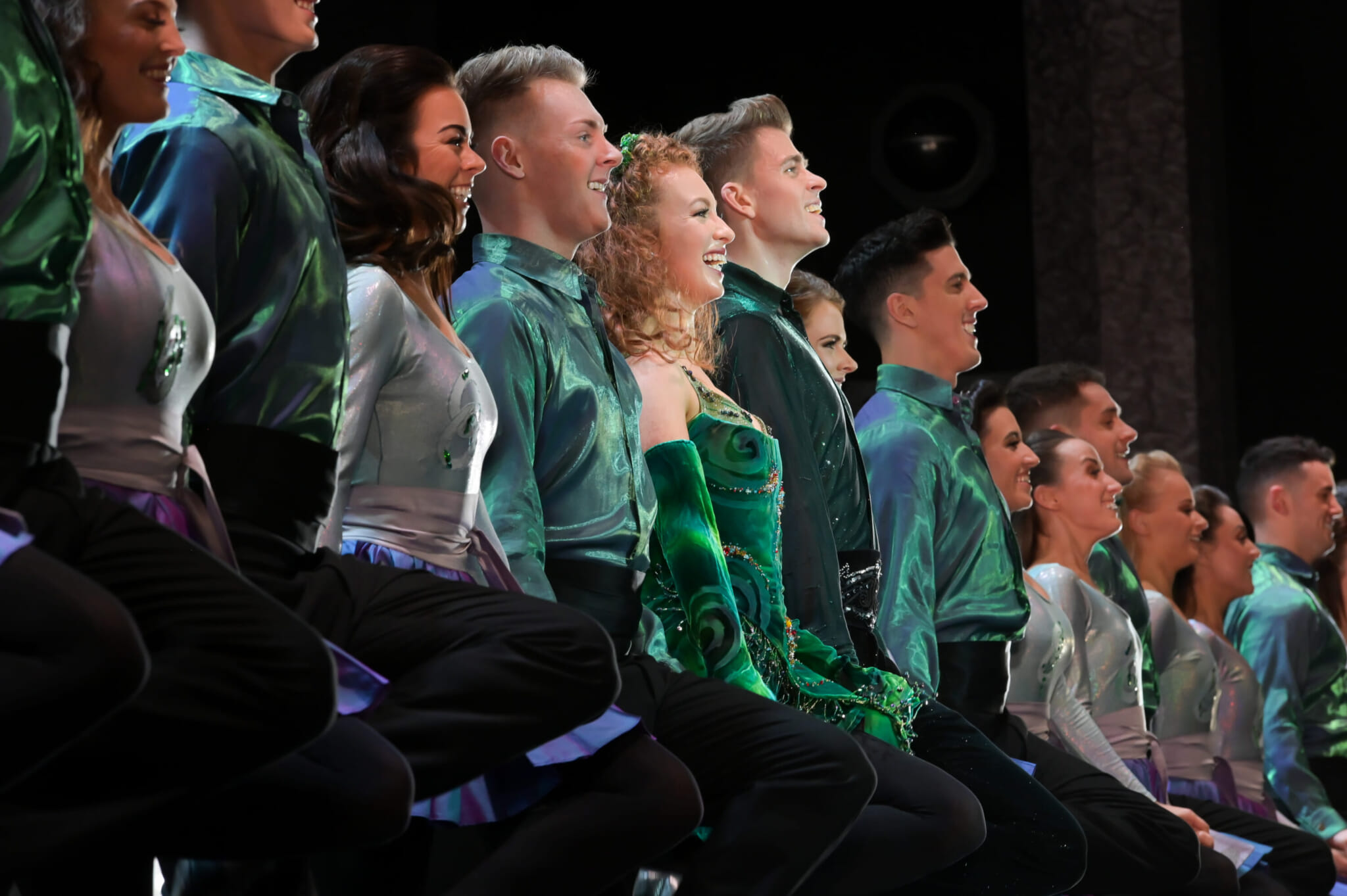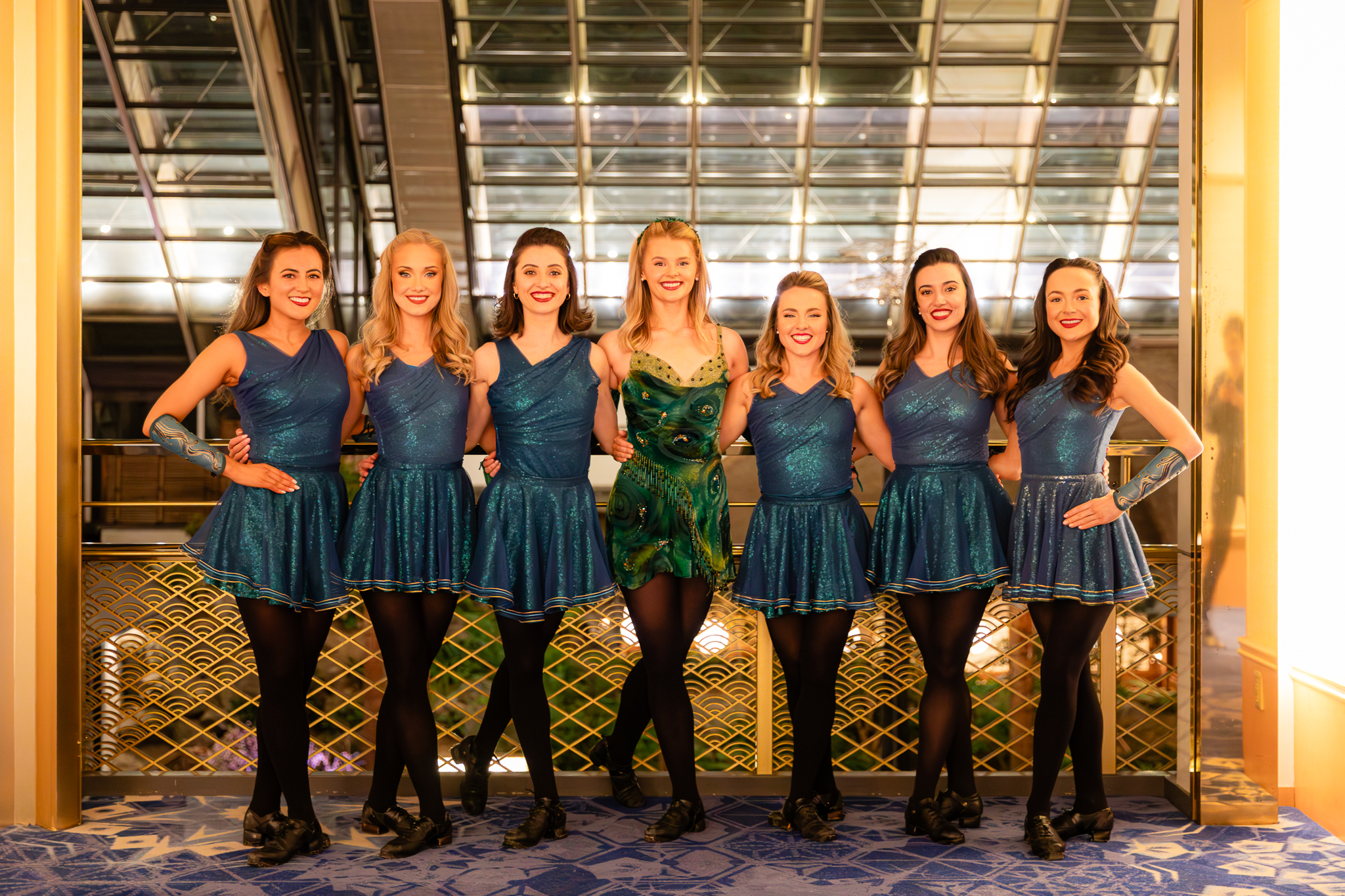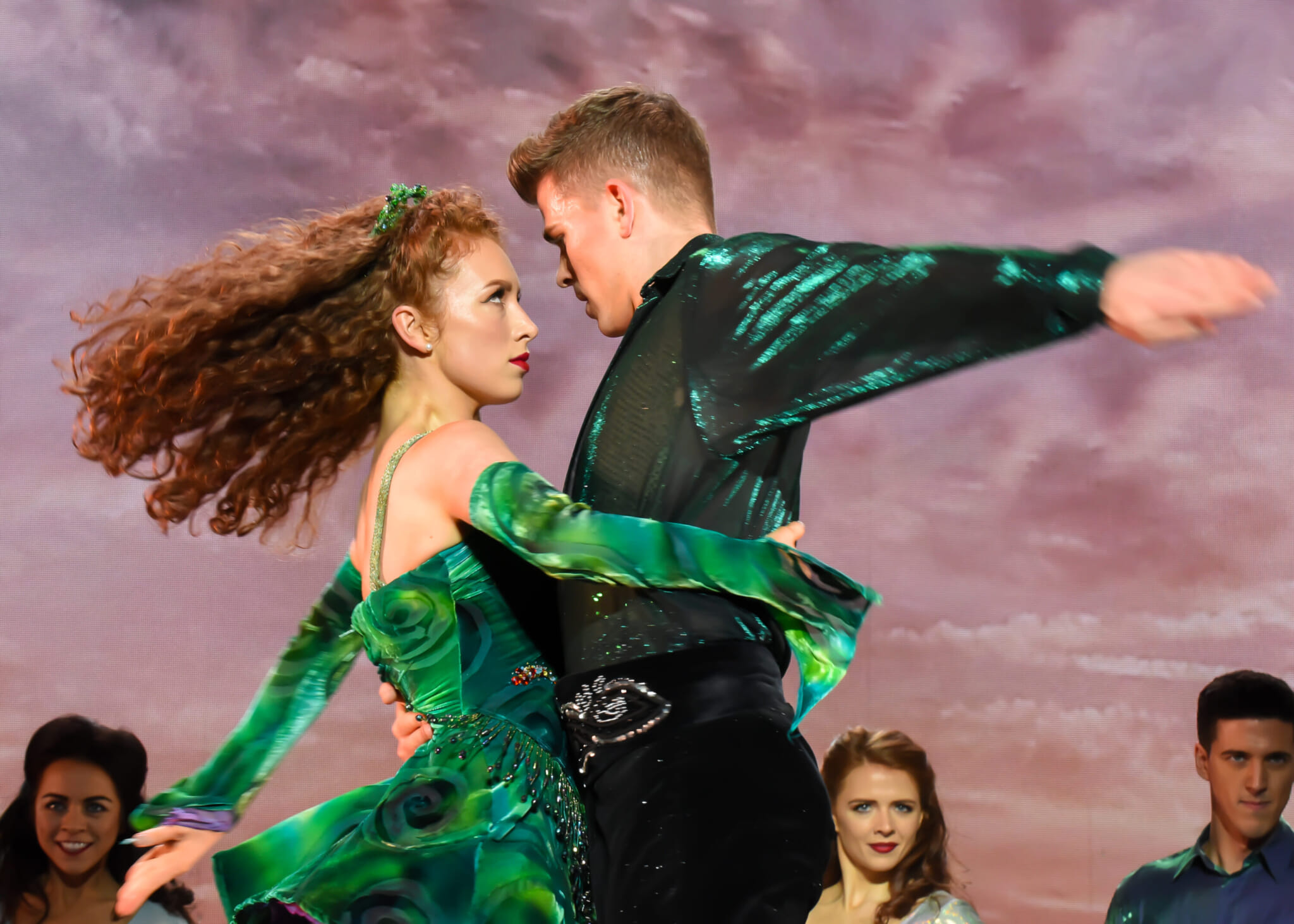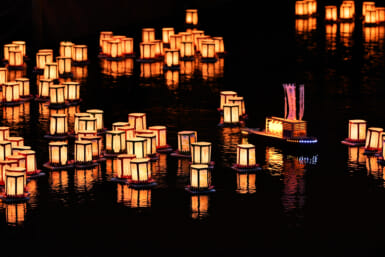St. Patrick’s Day was celebrated around the world on the weekend of March 16 and 17, including in Japan, which proves to be surprisingly festive during the Irish holiday each year. Along with a St. Patrick’s Day parade that colors the streets of Omotesando in a vibrant green, Ireland Funds Japan held the 28th annual Emerald Ball charity gala and dinner. One of the highlights of the gala was a performance by Riverdance, an Irish dance group which gained global acclaim due to its groundbreaking performance at the Eurovision Song Contest back in the 1990s. The troupe is using its brief stay in Japan to promote its May tour in Osaka and Tokyo, when it will be celebrating its 25th anniversary and performing in Japan for the first time in nine years. Tokyo Weekender recently spoke with Bobby Hodges, principal dancer and dance captain of Riverdance to hear how the troupe feels about its return to Japan after nearly a decade.

Photo Courtesy of Riverdance
Introducing Riverdance and Irish Dance
Riverdance revolutionized Irish dance 30 years ago, bringing about global prominence to the cultural art form. The group’s earliest highlight is its performance on Eurovision, which informed the world of Irish dance’s dynamism, technical difficulty and surprising modernity. Irish dance was no longer a dance to be performed at cultural events within the confines of Ireland, but celebrated globally as a graceful and emotional performance style.
“Irish dancing, which is the predominant dance form in Riverdance, is a very technical dance. People will draw a lot of comparisons to tap dance and ballet, because Irish dance actually originated from ballet, when the dance masters of France visited Ireland.” Hodges explains. “Irish dance has soft shoe dancing, which is very elegant with lots of high jumps, but Irish dance is famous for its percussive rhythm. The shoes we have are similar to the tap shoe, but instead of metal it has a wooden heel and a fiberglass or wooden tip. There’s a wide range of sounds you can achieve from the footwork, and it’s really powerful when we all dance together in unison. When there’s 30 people hitting the floor 100 times a minute, it’s really moving.”

The dancers of Riverdance at the Emerald Ball. Photo: Anna Petek
Returning to Japan after Nine Years
Hodges, who was on the tour when Riverdance came to Japan nine years ago, is excited to be back. “Japan is one of my favorite places to visit and tour,” he says. “I think Japanese people really appreciate our art form and connect with the ancient Celtic heritage, especially the instruments. Dancing in Japan, you can hear a pin drop in the audience because people are just so attentive. It’s a special feeling to know people are so engaged.”
Whether they saw the performance nine years ago or not, Riverdance fans in Japan can expect a revamped performance in May. “If you’ve seen Riverdance before, it’s the same Riverdance you know and love, but it’s been completely reimagined for the 25th anniversary.” Hodges says as his eyes light up. “The whole score has been remastered. There’s new costuming, new lighting and new projections. We’ve really revamped the show to bring it into the 21st century.”
“There’s a new generation of dancers who are super talented and enthusiastic,” continues Hodges. “We’re at the point now where, after 25 years, people are bringing their children and grandchildren to experience Riverdance for the first time. So get your tickets fast, because they’re going to sell out quickly.”
Get tickets and find out more about Riverdance here.









